Article Collections

Jataka Tale: Queen Māyādevī’s Divine Dream and the Buddha’s Birth
From Queen Mayadevi's Vision to the Buddha’s First Steps
The birth of Siddhartha Gautama, who later became the Buddha, is one of the most amazing s...
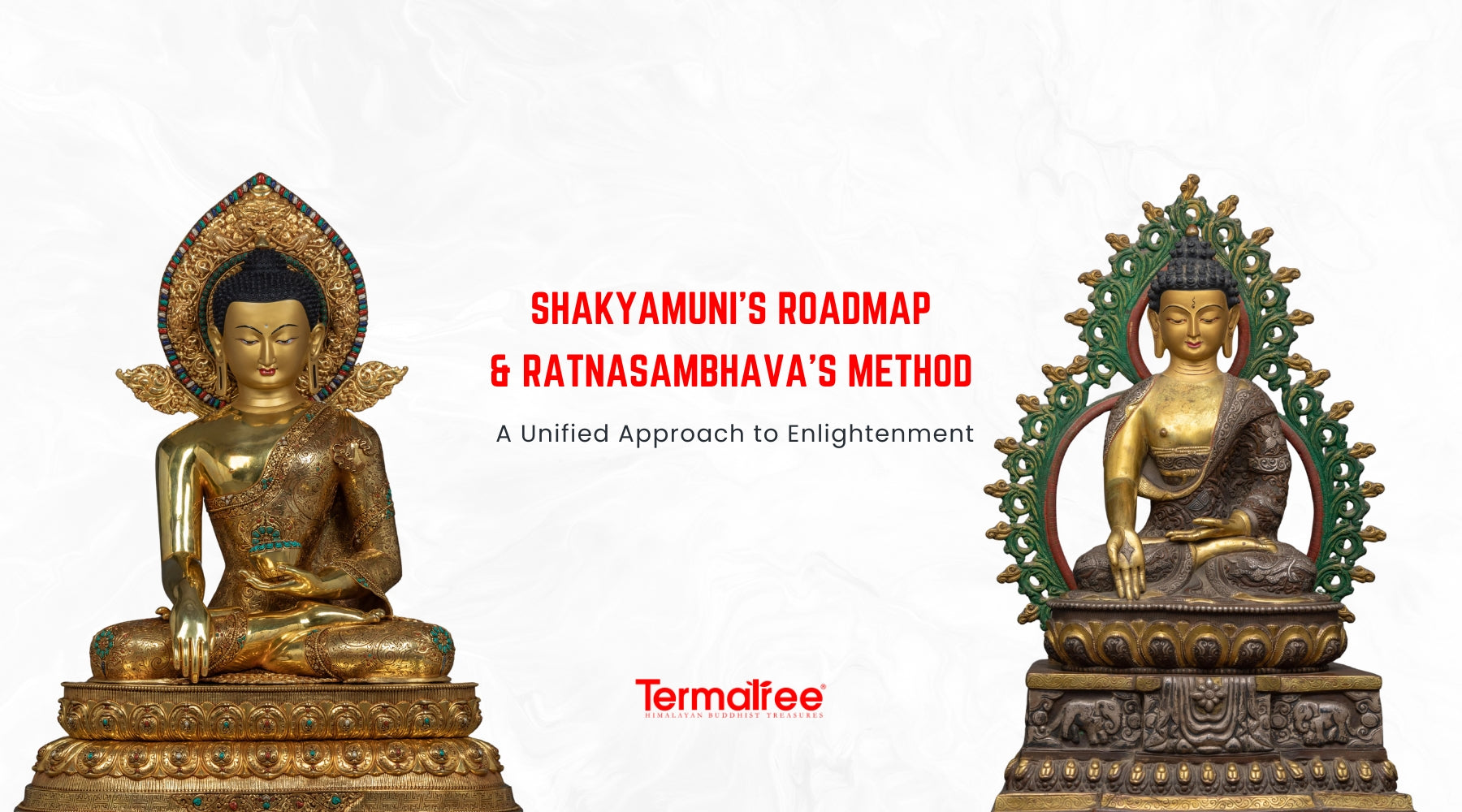
Shakyamuni’s Roadmap and Ratnasambhava’s Method: A Unified Approach to Enlightenment
Understanding the Difference Between an Archetypal Dhyani Buddha and the Historical Buddha
There are generally two iconic figures that have represe...
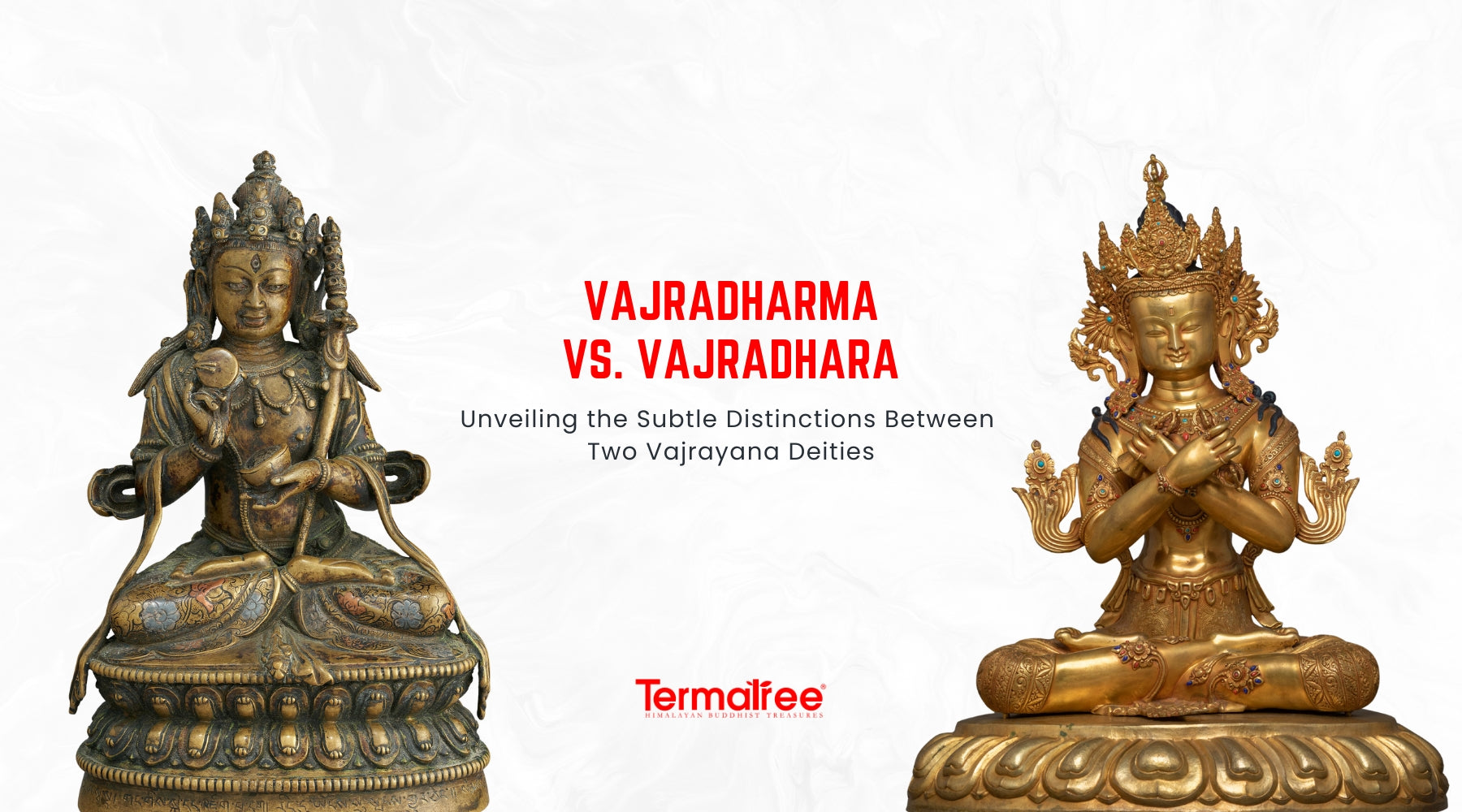
Vajradharma vs. Vajradhara: Unveiling the Subtle Distinctions Between Two Vajrayana Deities
The Subtle Mystery Within the Vajra Realm
Within the vast and intricate pantheon of Tibetan Buddhism, Vajradharma and Vajradhara stand out as ultim...
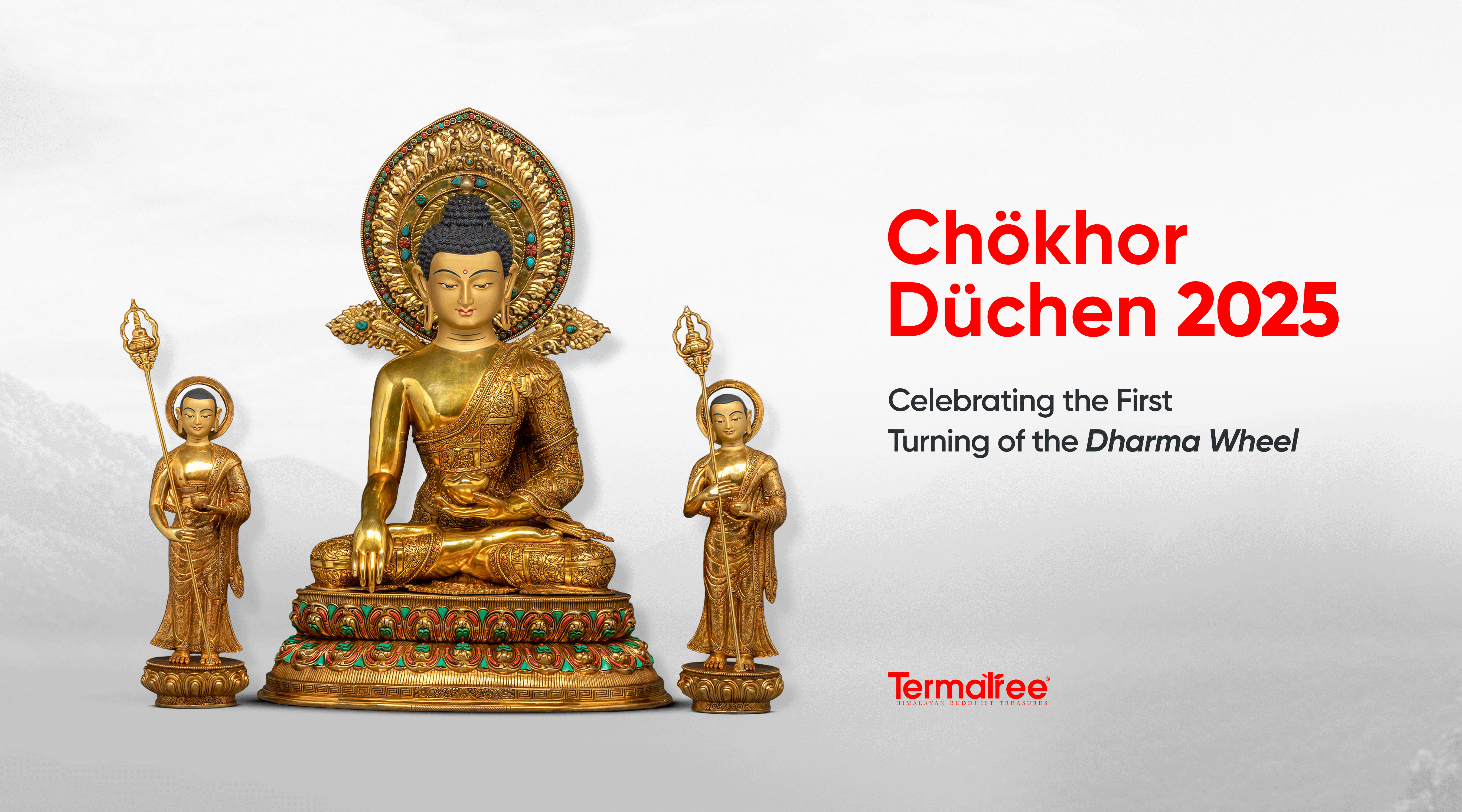
Chökhor Duchen 2025: The Sacred Turning of the Dharma Wheel
A Day of Profound Significance
Among the four great Buddhist festivals celebrated annually, Chökhor Düchen has the most profound meaning for practi...
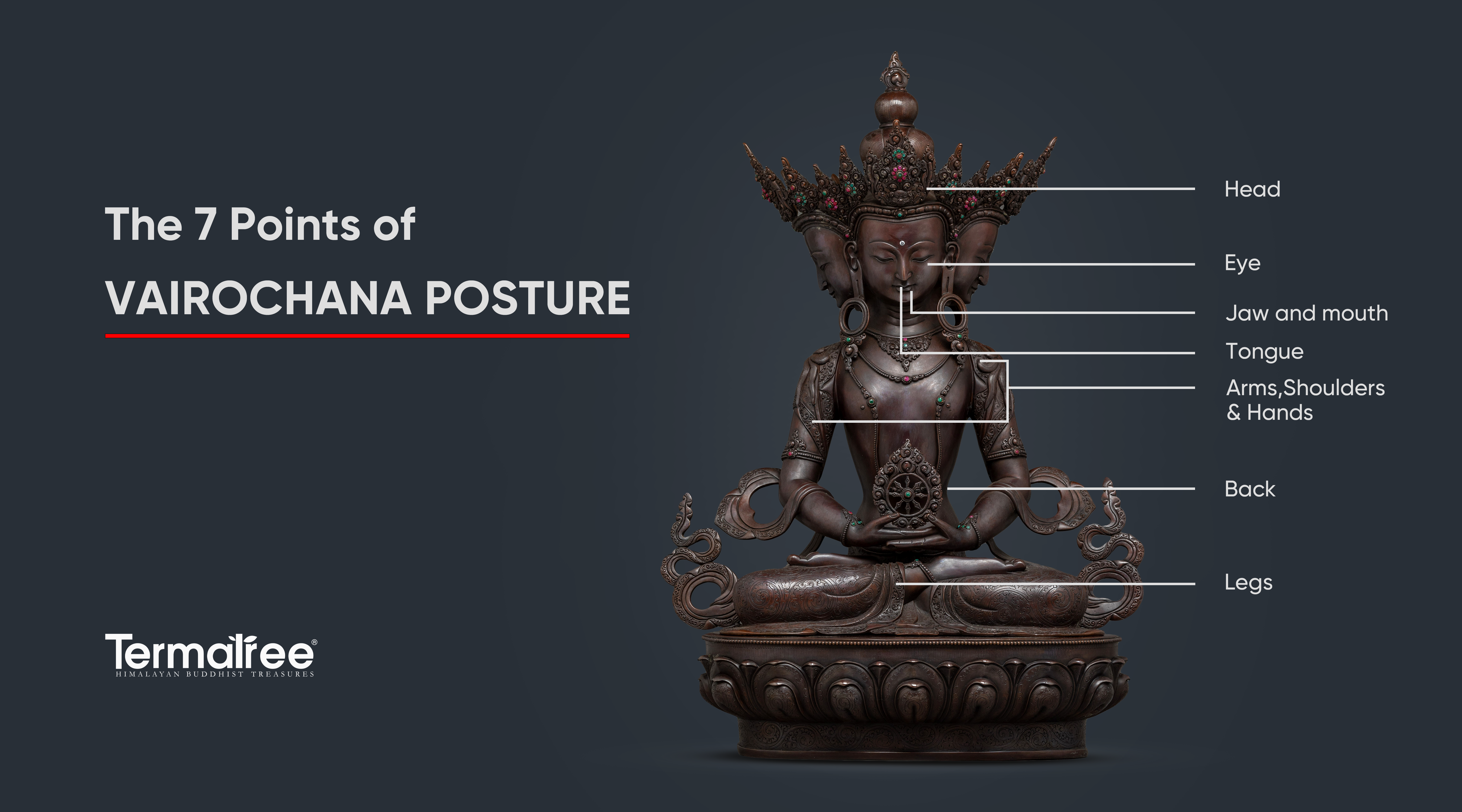
The Seven-Point Posture of Vairochana: Mastering Meditative Stillness
Aligning Body and Mind: The Wisdom Behind Vairochana’s Posture
The Seven-Point Posture of Vairochana is more than just a sitting position; it is a ...

The Story of the Buddha in Sculptures | A Journey Through Himalayan Art
Witnessing the Buddha’s Life in Sacred Form
From the verdant groves of Lumbini to the unyielding calm of the Bodhi tree, Gautama Buddha's life is l...
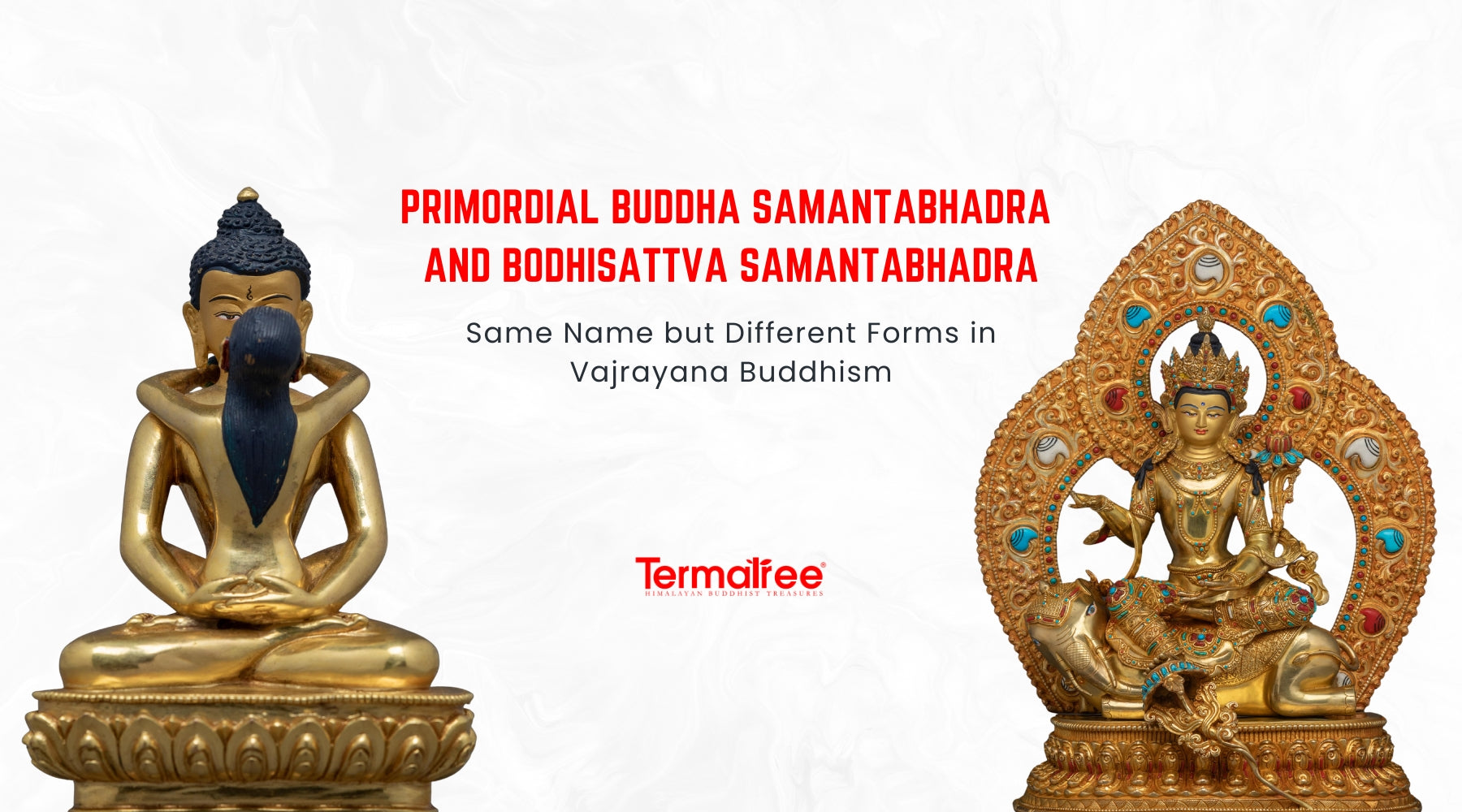
Primordial Buddha Samantabhadra and Bodhisattva Samantabhadra: Same Name but Different Forms in Vajrayana Buddhism
Kuntu Zangpo and the Bodhisattva: Why Samantabhadra Is Not Just One Being
In the complex and nuanced world of Vajrayana cosmology, it is common to ...
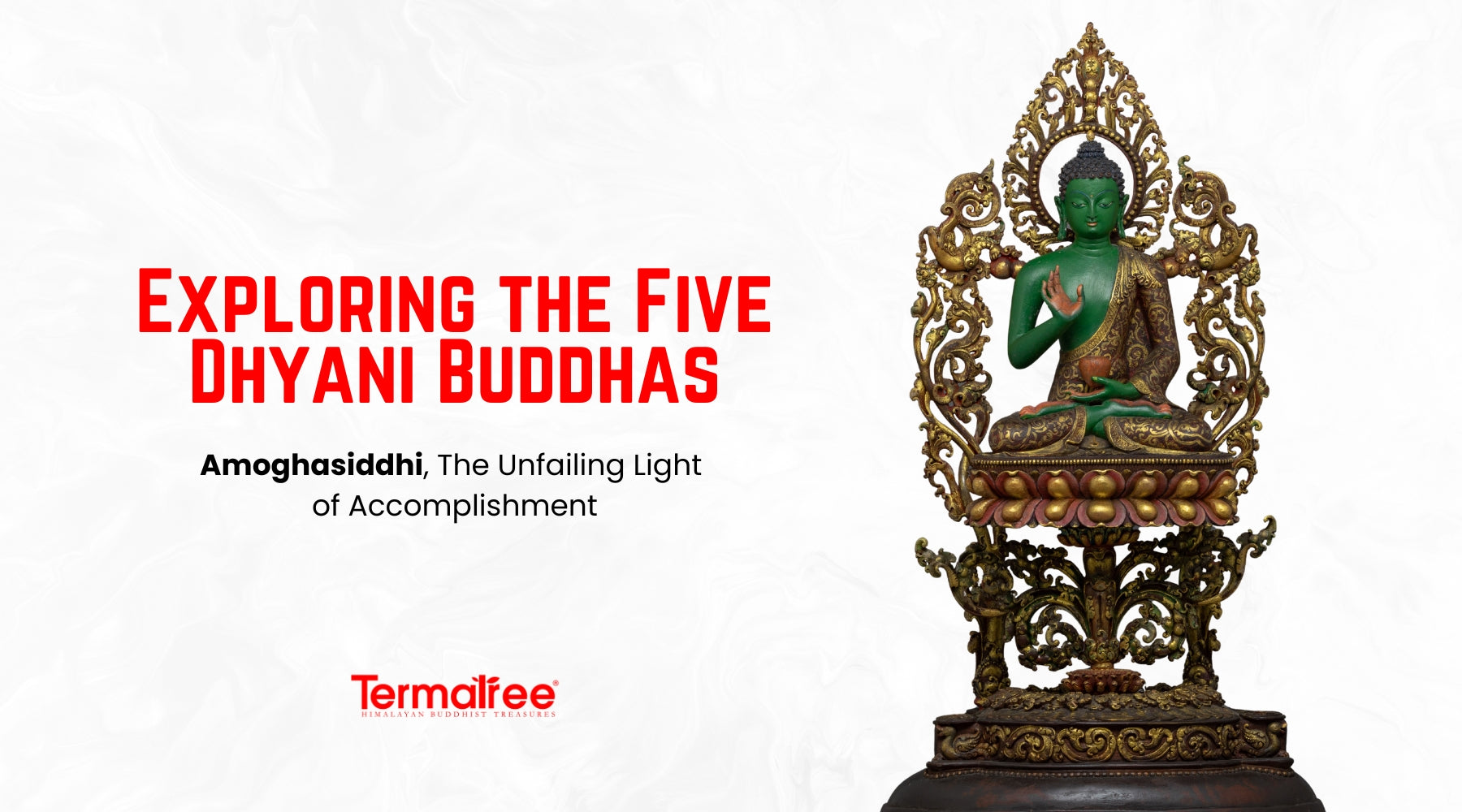
Exploring the Five Dhyani Buddhas: Amoghasiddhi, The Unfailing Light of Accomplishment
Introduction: Manifesting Fearlessness and Purpose
Amoghasiddhi is one of the Five Dhyani Buddhas in Mahayana and Vajrayana Buddhism, representing ...

Exploring the Five Dhyani Buddhas: Amitabha, The Buddha of Boundless Light
Discovering Amitabha: Buddha of Infinite Light and Pure Land
Amitabha, the Buddha of Limitlessness, is a central and primary figure of Mahayana an...
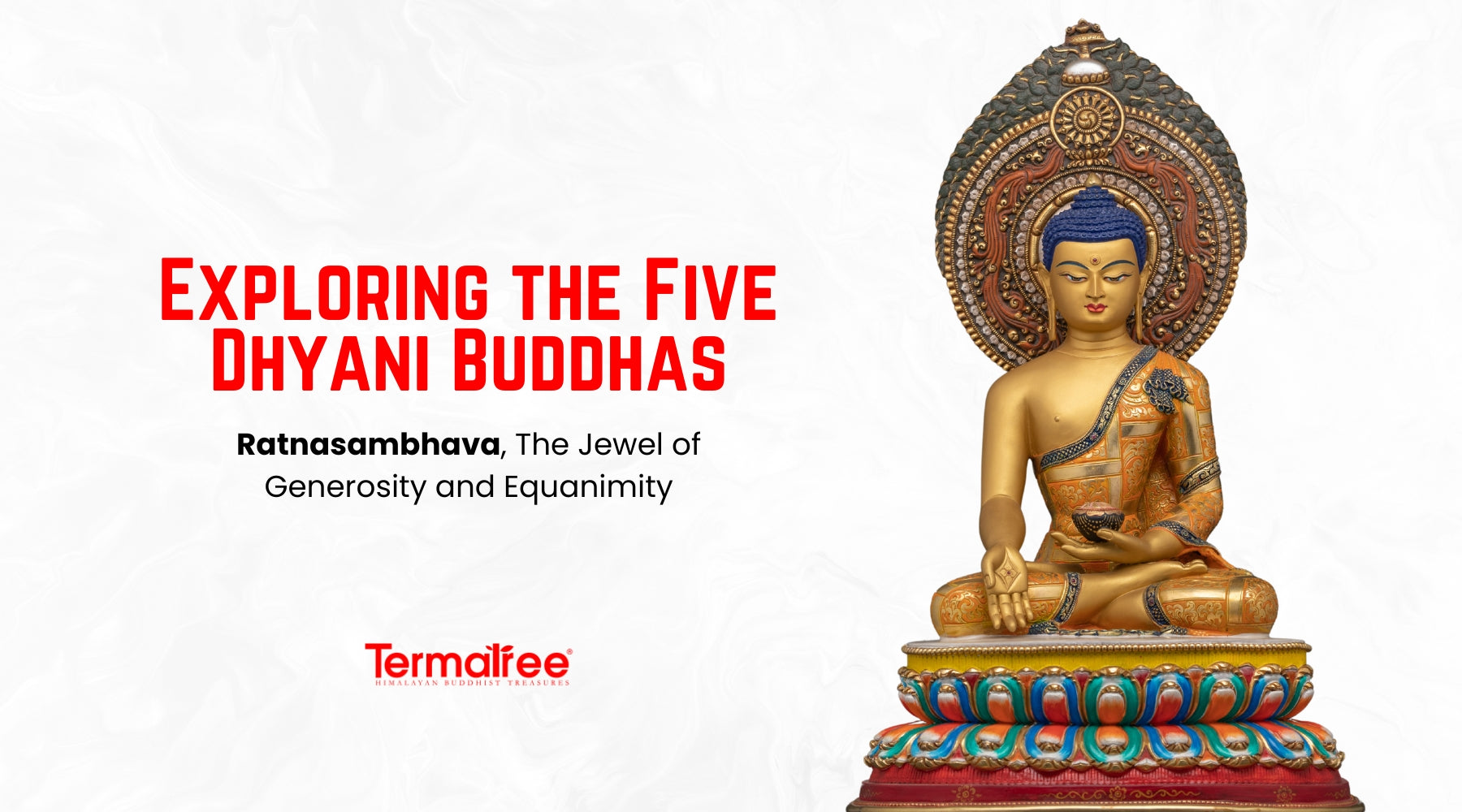
Exploring the Five Dhyani Buddhas: Ratnasambhava, The Jewel of Generosity and Equanimity
Radiance of Generosity: Ratnasambhava, the Jewel-Born Buddha
Among the Five Dhyani Buddhas, Ratnasambhava has a grounding and illuminating quality,...
